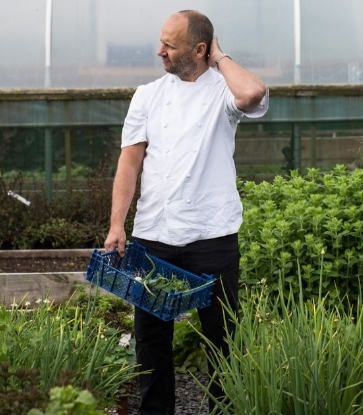Wednesday 29th September marked the first International Day of ‘Awareness of Food Loss and Waste’. It was promoted by the UN’s specialist agency, the FAO (Food and Agriculture Organization), who lead international efforts in over 130 countries to achieve food security and defeat hunger.
Tons of edible food is lost or wasted every day, and this international observance is an opportunity to highlight to the public, businesses and authorities, that the time to take action – to innovate to create more efficient and resilient food systems – is now.
According to estimations by the FAO, each year, 1/3 of all food produced globally – equivalent to 1.3 billion tons or $1 trillion – is spoiled due to poor harvesting and transportation practices or, ultimately, ends up in the bins of consumers and retailers. Around 14% is lost between harvest and retail and the remaining 17% is wasted: 11% at home, 5% through food service and 2% through retail.

When food is lost or wasted, all the resources that were used to produce it – including water, land, energy, labour and money – go to waste too. Moreover, the disposal of food in landfill leads to greenhouse gas emissions which further contributes to climate change.
Number 12 of the UN’s 17 Sustainable Development Goals – set to create a better and more sustainable future for all by 2030 – focuses on ‘Responsible Consumption and Production Patterns’. Consumption and production are the driving forces behind the global economy and rely heavily on the use of natural resources: the food sector alone accounts for around 30% of the world’s total energy consumption and 22% of greenhouse gas emissions.
Over the years, social, economic and technological progress has created advancements in the agriculture and food industries, but it has also brought destruction to the planet. The degradation of land, the decline in soil fertility, the unsustainable use of water, overfishing and the decline of the marine environment, are all reducing the ability of the natural resource base to supply food… and this continual degradation of the environment is now endangering the very systems on which our survival relies.

In order to secure a future for generations to come, we can all learn how to do more using less. We need to increase the efficiency of our use of resources; transition to low-carbon and green alternatives; promote a change towards sustainable habits and lifestyles; and understand that economic growth cannot be pursued at the cost of the environment. We need to adopt integrated systems, both at a local and global level, in order to maximise the percentage of food we use post-production – starting with simple habits at home.
During lockdown, we saw how nature showed signs of recovery during a brief respite from our persistent daily activities and, as countries work to rebuild their economies, there is a real opportunity to change how we live and to reverse the trends we have witnessed over the last few decades.
Food for thought…
If, as predicted, the global population reaches 9.6 billion by 2050, almost three planets would be required to provide the natural resources required to maintain our current behaviour patterns.
Source: www.fao.org
















